Animals such as pet dogs and cats do get diabetes. Grazing animals DON’T, largely because their bodies convert sugar into fatty acids, and their insulin and blood sugars stay low. Birds can have sugars as high as 300, yet their hemoglobin A1C (a monitor of how much sugar’s sticking to the body’s cells) stays lower than a humans. Learn more from Colorado State University Vet Scientist Dave Van Metre.
Note – This interview takes place with our labrador retriever, Brian, listening in)
Here’s a rough transcript of the interview:
DAVE VAN METRE
I had cereal with blueberries because of their low glycemic index. My kids have the cheerioes, and I have the Uncle Sam cereal with all the goodies. Omega 3s and 6 (6 and 4 year old kids)
Dave Van Metre, associate prof at College of Vet Medince
I’m primarily involved in livestock medicine, and I used to do some horses. I teach the introductory nutrition and metabolism course here in the veterinary school.
There’s a variety of questions that come my way, everything from parakeets to horses. I do a pretty good job of handing off some of the more exotic questions. If I can’t answer it, it’s usually pretty easy to find someone who can.
3:27
I particularly enjoy ruminant nutrition. Sheep, cattle, goats, and camels, the camelas, the old world camels and the alpacas, lamas and vicunas. I’ve always been interested in how they can survive in very limited density nutrients. Alpacas can get by on lichen and a few strands of dormant grass and not much else. It has to do with their capacity to retain nitrogen to be reused as protein in their bodies. They can retain sodium and phosphorus.
They have a remarkable capacity with the help of some bacteria in their stomachs, to turn compounds in nature that mammals can’t digest on their own. With the help of these stomach bacteria, they can convert cellulose into energy. That’s something we can’t do.
We have a relatively limited gut flora. Not to say they’re not important. They play a tremendous role in maintaining our health and immunity.. But these animals with a huge fermentation vat in their stomach, as well as the horses whose fermentaiton vat lies in the back end of the digestive tract, in the colon. They have a remarkable ability to utilize bacteria, give the bacteria a safe home, a good haven, and in return the bacteria do some remarkable things for them. Bacteria can simply take nitrogen in feed and turn it into all the amino acids needed for protein needs. They can take very unrelated carbon sources and turn them into the essential fatty acids that the camels and llamas and goats and alpacas and horses.. need to maintain normal health of their cell membranes and so on. It’s a pretty good setup, an example of symbiosis in nature. One species of animal helping another. In this case, it’s the multitude of microbes in their gut.
Our livestock has its own livestock
They’ve got to attend to the needs of their microorganisms if they’re going to stay healthy.
Typically when animals freeze, they’ve lost enough subcutaneous fat they don’t make it through the winter. The heat generated by fermentaiton in the stomach offers a lot of cold protection from these animals.
Vegetarians, really eating the microbes.
What happens is that these grazing livestock will ingest the stemmy parts of plants as well as the seeds and grains and leaves that we can digest. But it’s a lot of cellulose that mammalians can’t digest.
The bacteria turn it into remarkably high quality protein. When the microbes die, they themselves are digested and the proteins and essecial fatty acids they’ve created for their own use are digested and made available for the host.
Dave Van Meter.
Carb eating animals — High fat diet in their bloodstream?
No, not at all. The amount of fat in these diets is very small. Much less than an omnivore or carnivore will eat. But what the rumen microbes–a fermentation vat that lies ahead of the stomach in which billions of bacteria and protozoa and fungi live, what they do is to take very simple sources of carbone, such as cellulose, and convert it into fat.
In that way . . . . . the animals chew on and get in their stomachs cellulose and other carbs. After the microbes digest out the carbs and the microbes die and are digested, the majority of calories entering bloodstream, sugars or fatty acids?
The majority of nutrients that come out of the fermentaiton vat, stomach of cow or colon of horse are what we call volatile fatty acids. These are two, three and four carbon precursor molecules released and processed by the animals. Some convert to the essential fatty acids, which are much more long chain and complex. When those microbes are digested, those minute amounts of fatty acids, they’re much Longer come out of the microbes bodies and are digested and utilized by the host.
FREE FATTY ACIDS. HOW ABOUT TASTE LIKE butter?
Butter is composed of longer chain fats, typically from milk fat. The cow has in her mammary gland taken these short volatile acid precursors and linked short chains together to make milk fat.
If we wanted to get a good slug of volatile fatty acid, Probalby the easiest way to get a good dose of is to take some balsamic vinegar. Because that’s a relatively small organic acid and relatively close to what’s coming out of the rumens of these animals.
VINEGAR IS MORE LIKE A FATTY ACID?
It’s a small, carbon chain acid that comes out of the stomach after fermentation destroys the cellulose and a lot of the sugar that might be present in the forages as well. Any starch and sugars. But the microbes destroy that and turn it into short chain volatile fatty acids. The closest analog I can come up with is vinegar. These enter the blood stream and now it’s up to the animal to convert that into tissue needs. For instance,
A lactating mom would turn those short chain fatty acids into 18-long milk fats.
Through a limited capacity (humans, too) VINEGAR represents a hydrocarbon source that we can convert in our livers.
13:00
They may or may not be able to be turned into blood sugar, but they may be turned into fats or amino acids.
FREE FATTY ACIDS TASTE LIKE VINEGAR.
14:00
What it would taste like, we commonly think of fat in human diets, to liberate into triglycerides, three fatty acids linked to glycerol. When you mobilize fat out of your body and go for a run, you don’t metabolize fat per se, your fat cells release fatty acids into the blood stream. I can’t think of a food that would have large amounts of free fatty acids. They’re typically packaged as triglycerides in the foods that we’re familiar with, so they’re not in free form.
BRANCH WITH 3 CHERRIES HAPPEN IN CELLS CELLS GET TO EAT SOME VINEGAR.
15:00
The liver cells in particular are very creative with what they can do with a very simple carbon source, vinegar like fatty acids and blood sugar. Liver of the ruminant species and to a lesser degree, the horse horse very creative at taking unusual vinegar like short chain fatty acids and turning them into a variety of different things in the liver including. Blood sugar. Ruminants and horses need glucose for their tissues. But The paradox is that the microbes take most of the sugar in the feed and ferment it. Particularly in cattle. What the ruminants have to do is and to a lesser degree the horse, is say, my brain needs glucose, my mammary gland needs glucose if I’m lactating, if I’m pregnant my fetus needs a tremendous amount of glucose. What they have to do is perform gluconeogenesis. generation of new glucose from non glucose sources in the body. They make their own blood sugar.
WHAT’S A NORMAL ANIMAL BLOOD SUGAR?
It’s a bit lower than you see for people and common house pets. It typically runs 50 to 90 mg per deciliterl, which is a bit lower than dogs or cats or humans 80 to 120.
It is extraordinarily rare in grazing livestock to have diabetes, either Type 1 where there’s not enough insulin being made or Type 2, where the animal typically is adult, maybe heavier than they should be and the tissues become resistent to insulin.
Dogs, fairly common. Cats get the adult onset Type 2 which is associated with obestiy in humans. Hamsters and gerbils can become diabetic, and some fo the primates, in particular the marmosets. Adult onset.
What happens is even if a ruminant eats a high sugar diet. Sugar cane in the tropics, to a water buffalor. Those microbes are going to take that sugar and break it apart into small chain acids. They they go to the water buffalo liver where they have to repackage it. Part of the reason diabetes is so rare in rumnants is that there is this precursor step where dietary glucose is broken down. . . so you don’t get the so called sugar high, the rapid sugar rise that occurs you and I get when we eat a candy bar. We don’t have rumen microbes. ahead of our bloodstream to break em apart. In our digestive tract, it goes boom right into our bloods, we demand a lot of insulin and can become obese if that continues.
RUMINANT INSULIN
19:00
They are very very modest and low compared to humans, and obviously the reason for that is when they eat a normal diet, the amount of sugar that comes out of their digestive tract is tiny, because the microbes have digested a lot of it into these volatile fatty acids. so ruminents don’t need as much insulin to handle even a sugary meal because the microbes in their stomach are going to take it apart for them in advance.
They don’t have STReAIN on pancreas. The fact that dietary sugar is destroyed for them makes the amount of insulin they need pretty low and pretty modest.
THEIR BODIES PREFER NOT TO HAVE A LOT OF SUGAR IN THE BLOOD
20:00
In the resting state, their tissues have a fairly low and basal demand for sugar, that is met by their liver converting these other compounds, but the resting blood sugar is lower. Their bodies are not accomodated to handle the swings of blood sugar in the meal eating animals. Ruminants graze, they eat a long time during the day and rest periodically. If you think about it, their food ingestion is low level and constant, and that keeps those microbes in their stomach happy.
21:13
Because their plant diets typically don’t have a lot of fat in them, we don’t see a lot of dietary origina fat. We can add vegetable oil or others if the animals have a heavy energy requirment. The microbes will break that down, convert it and provide it in a trickle. A cow will mobilize fat from their fat cells and break it down for energy use in their muscles, brain, etc, just liek humans do.
FATS AND SUGARS FROM VINEGARY STUFF.
FATTY ACIDS
It’s very imporant to make a distinction. The fats that typcially people eat cannot be used to make blood sugars. Fermentation in the stomach allows carbon chains to concert to glucose. The longer chain fatty acids we eat as tyriglycerides have a very limited capacity to be turned into glucose in our bodies.
DOGS, CATs, Polar Bears
Those species typically eat a three carbon triglyceride backbone, the tree and the long carbon chain of the chrries. Those fats can be used for energy, but the glycerol molecule is only worth one third of a glucose molecule. So fats eats don’t typically produce blood sugar.
24:00
All speices are capable of making their own blood sugar. Gluconeogenesis. What a polar bear will do, if it eats a high protein, high fat fish, not a lot of carbohydrate in fish. What a polar bear would do is the same thing you or I would do is the liver would say, we need blood sugar.
CAN WE USE FATS TO KEEP MUSCLES HEART GOING
Absolutely. Fats, the right kinds in moderation provide a tremendous abundant source of energy. It’s up to us to burn it. We’ll probalby put on weight if we eat a high fat diet and we don’t burn it off.
Muscle is tremendous at burning fat.
POLAR BEARS, I HEAR, PEEL OFF FAT LAYER FROM THE ANIMALS THEY KILL AND EAT IT . . .LEAVE THE REST FOR ARCTIC FOXES AND SEAGULLS.
26:00
Don’t know on that. But on sugars. Polar bear to maintian blood sugar will take protein from meat and its liver can convert most of those amino acids fairly readily into glucose. High protein diet, what we’re getting onto in people. What that tends to do, is if you don’t eat a lot of sugar in a meal your liver says, well, we’ve got to make some glucose to keep the brain happy and keep the person alert. And keep a safe and normal level of blood sugar. The liver converts amino acids into sugar. Into glucose. That’s a more well regulated way to present glucose to your body than say going out and getting a bag of cheetos or a candy bar. There, the diet itself provides a slug of sugar to the body whether the liver likes it or not. With a high protein diet, the liver can decise how much sugar to make in a unit of time.
Our blood sugar tends to stabilize on those types of diets much more readily.
EXTRA DIETARY PROTEIN
28:00
They have to repackage it to fit their needs, so part of the reason why diabetes is so rare in ruminants is that there’s this precrcos step, so you don’t get the socalled sugar high, the rabid rise in blood sugars that happen when you or I eat a candybar. Our blood sugar shoots up and we demand a lot of insulin and can become obse
They are very modest in insulin and low compared to humans. When they eat a normal diet, the amount of glucose that come sout of their digetstive tract is tiny.
Ruminants don’t need as much insulin to handle even a sugary meal, because the microbes in their stomach are going to take it agpart foor them in advance. The fact that the dietary sugar is destoryed for them by these rumen microbes makes the amount of insulin they need pretty low and pretty modest.
In the resting state, their tissues have a fairly low basal demand for sugar, the resting blood sugar is lower, their bodies are not accomodated to handle the sugars of a meal eating animal. If you think about it, they’re doing a pattern of food ingestion that is low level and constant, and that keeps the micobes in their stomachs. happy.
Because theplance diets tytpically don’t have a lot of fat in them, we don’t see a lot of plant origin fat going into their bloodstreams. We can add fats into their diet. What the microbes do is break those down, convert them into their own version of what they think those fats should be and provide them in a trickle. Let’s say a fat cell on the rear end of tha cow. She’ll break down fat for use in liver, muscles, brain just like humans do.
Cows MAKE FAT FROM VINEGARY STUFF
It’s very imporarnt to mkae a distinction here. The fats people tyicpally eat cannot be used to any degree at all to make blood sugar. Fermentation in the stomach allows similar length carbon chain fats to convert into glucose. We typically eat longer chain fatty acids, riglycerides, and those ahve a cery limited capacity to be turned into glucose in our bodies.
True for non ruminants.
Dietary fat, if you tihk of the molecular strucrure of dietary fats those lkind eat, the glycerol backboone would be the tree, and the long carbon chains would be the cheeries on the tree. Those fats can be used for energy, but the triglyceride moleculre can only be usred in glycerol.
If a person or a pola bera or dog doesn’t eat sugar, and they necan they make sguars?
Yes. Gluco neogenesis. What a polar bear will do, let’s say it eats a fish, high protein, high fat, not a lot of carobhydrate in fish. What that polar bear would do is what you or I would do if we ate fish all day, is our livers would say, we need to keep our blood sugar up. Keeps you alert, makes your red blood cells happy.
Fats, the firght kind in moderation provide peole and animals with a tremendously abundant source of energy. It’s up to us to make sure we burn it otherwise we’ll become heavy. But yes, fats can be utilized by a variety of stissues for energy. Muscle is tremendous at burning fat.
HOW POLAR BEARS EAT.
I’m not a good polar bear dieticdian. I can’t honestly say. What he polar bear will do to maintain its blood sguar is it will take proteins from that meat and convert amino acids most fairly readily, into glucose. What that tends to do, if you don’t eat a lot of sugar but eat a lot of protein, your liver says, well we’ve got to make some glucose to keep the brain happy and keep the person alert. The liver converts amino acids into sugar. Into glucos. That’s a much more well regulated way to present glucos to your body than eating cheetos or candybar. There the liver gets a slug of protein whether it wants it or not.
IF AN ANIMAL EATS MORE PROTEIN THAN THE BODY NEEDS, DOES THE EXTRA TURN INTO SUGAR IN THE BLOOD?
The protein that is ingeested in a diet has multiple potential metabolic fates. The simpplest is to provide protein needs, make new muscles and make new enzymes that break down through wear and tear. Priority one. Any excess is turned into blood sugar. If we eat a lot of protein and don’t exercise, that protein turns into fat.
Turns into sugar then the body says, where am I going to put this extra sugar.
One of the most potent signals for turning things into fat is when the cells are chock full of glycogen, which is a form of sugar. extra sugar will go to cells and startt being stored as this form of sugar, which is glycogen. If there’s more aht protein, if tissues have enough glycogen, blood sguar’s fine, it will start being packaged as fat. If you don’t exercise and ingest higher than normal amounts of protein, you’re proably going to put on weight.
WHETHER QA CWO or hors or ravbbbit or person or dog, and there’s a terrigying or enraging situation, what kind of energy is used.
That type of response we call the fight or flight response. The animal recognizees thaere’s a life threat and certain nervous and hormanal mechanisms are kicked in to mobilize sugars in the body and the blodo sugar rises very rapidaly. Hyperglycerima as a result of terror or provocation or defending the nest, defending the boord, those sorts of things. In those instances, animals will mobilize storage sugar, glycgen to provide a spike of sugar that’s rady to enter the muscle cdells.
It can go several hundred over the normal resting of 70 to 80. We can see 200 or 300 following a stressful event. Sometimes it’s just going to a vetinerary office. We try to be gentle and soothing so that the spike is minimized.
32:00
Just as MDs rely on skilled nurses to obtain a smooth blood draw with minimal concern to a patient or baby, we too rely on skilled technicians. There went one right now, such atha that effect on a blood sugar can be minimzed.
IOt’s both prey and predator animals can experience this. Predators tend to do this to a greater degree. For a feline, lion, domestic cat or carnivoer like a dog, it’s much higher than the bounce in blood sugar than we see in the concered cow.
EVEN A PLACID COW can have a sharp rise it blood sugars?
Typically it’s a very upset cow. She has to be pretty upset. They won’t get up to 2 or 300 hundred typically, but they wiell go up, and we theorize that is their mechanism for movbilizing stored sugar to get away from an animal chasing them.
200 would raise an eyebrow, exactly. We’d have to be sure we knew what that was. If a cow has a fracture, or a lot of acute pain, it can go up to 150 or 170 Hormone corisol and epineprhines both tell the animl something’s wrong and it’s time to call on our reserves, so we mobilize stored sugar and even some stored fat to get through the stres, and animals are the same way.
HOW ABOUT DOGS AND CAT
When they’re not afraid, they’re up where people are 75 to 120 130 in that range. Birds typically run resting blood sugars, happy bird, 300, so much higher basal level. If you watch a hummingbird you might surmise someone with that level of activity might constantly need that level of fuel for buzzing around. (AVERAGE BLOOD SUGAR IS NOT STICKING, IT’S LOWER THAN A HUMAN’S A1c)
As soon as it’s released into the blood, it’s being used. A1C is an index of how long an blood sguar has been high in an animals body, so in a nuummingbird, it’s high but it’s being used quickly. For a diabetic, the bolood sugar’s sticking around in the blood and not necearily being used.
It’s sticking to thinkgs
Glusocs. Bood sugar has gotten a chance to be integrated into some of the proteins. That’s wha tht etest picks up. A high A1C indicates that the sugar goes into the bloodstrea, stays elevated and doens’t get usede. A wonderful way to bring a blood sugar down is to exercise, regularly, to use it, to turn it over.
38:00
High sugars block fat burning.
Adult onset type ii diabetes is becoming extremely prevenlas in adults and it also occurs in dogs nad cats who are adult, overweight and inactive. Insulin is the homrone that puts the groceriees away. It moves the nutrients into cells. If we eat a high energy, high carb, high carb diet, pretty soon the cupboards in our cells will be full of groceries. The cells have a way to say hay, we’re full. They lose their sensititivy to insulin. Blood sugar goes up but the sugar can’t go into the cells because they’re saying, we don’t want it anymore. We have all we need. The high blood sguar leads to diabetes, changes peripheral nerves, lining of blood vessels, increases chance of ather disease.
40:00
Yes it can, and it is phenomenal how modest the exercise can be how readily those carbs spike our blood sugar and for how long. to bring this under control 20 minutes per day can bring this under control. The same holds true for pets. Getting a cat exercise can be difficult, but even indoors, a string on the end of a pole. A laser pointer on the wall can drive t hem crazy, can help the tissues say, let’s burn some of this stored groceries, and once they do that, it brings some more of the sugar in and srops the blood sugar down.
Unfortunately some of the things humans like to eat, the sugary, high carb snack foods will do the exact same thing with the pet’s blood sugar, pack a lot of groceries. Providing pets with carbvs with a low glycemic index, with weight management on their label, high dietary fiber, and carb sources that have a lower glycemic index.
If we feed our pets diets high in fiber and carbs and low glycemic, good balance of protein and fat, we can head off problems with type 2 in our pets.
There’s part is certainly true. A vet can help oeple to pick thorugh the pet food lables to find one that doesn’t have as much of the readily carbs. Corn based for example, it’s easy to fine, there’s an exxceess of it, those common grain sources they’re fif they’re fed to an animal that’s not exercising like it should can cause waight gain. If we’re talking about a dog out and running 2 or 3 or 4, just like athletes that are young, they can handle the carbs because they’re expending them for eneryg.
Predator animals metabolism seems to m odeulate a bit more on protein fat. Fat and protein does hav ea limited shelflife and beocome srancid, oxidize and change their taste. With some moderation, not that I’m advocating that every pet be on an all protein diet. Would probably be too expensive for many people. But as a pet ages, your vet can help pick out higher in protein, higher in fiber foods, lower in blood sguar spiking carbs, to help alleviate these changes that we see in Type 2 diabetes.
Cats as they age are particularly prone to putting on body fat. They do it ery well. About as well as we do as humans. What cats tend to do is they are very wonderufl models of type 2 diabetes in people. When the blood sguar starts to stay chronically increased, the blood sguars spill into the kidnesy, and water moves in. An animal that is developing any form of diabetes, one of the most common things they see is that they’re urinating more, and they’re drinking more.
That sounds like that’s the South Beach diet for cats, or the Atkins diet for cats. Modelating blood sugar, but providing enough protein and fat to meet the animals daily energy needs.
48:00
Your story’s an excellent example of how a dietary change can turn an animal’s life around. We’ve made strides in management adult onset overweight issues, and we have piggybacked our researcdh into animals and shown parallels in animals. You can reinvent your pet with the right diet.
One of the things that limits an adults acaitivity is it causes more stress on their bones and joins to move around and jump around. It jsut hurts if they have some low level arthritis, as many animals do, even humans. If you can stop the excess groceries. they will beging to shed some wight, and if you get some weight loss. As only a cat would award you for taking care of its health with a disassembled vole. It’s not good for the vole, but it’s an example of an animal who’s life was turned around.
A dog that has visible body fat, a little too much, hard to find the ribs, and a dog that perticularly starting to drink and urinate more than normal, that is a big red flag fo rhte owner to go consult with the vet and lok intothe possibility that the animal is showing adult onset diabetes. And dietary changes, modifying the amound of carbs, start with low acticity and as the pounds come off, that
Some vets are offering biggest lower contests for pets, and sometiems a client pet combination, so it can happen.
Diabetes in zoo animals is not terrribly common. When it happens, it tends to happen in primates, and it’s in older primates, and whatppens there is when those behavioral changes are seen. Increased periods of inactivity, joint pain evidenced by wegith gain, or associatied.
53:00
Fat cells have a tendicncy, infuriatingly so, even when the othe rcells are saying, hey, we’ve had enough, the fat cells don’t tend to listen as well. IN humans belly fat tends to signal that problem is occuring. In zoos, when they see that, they’ll do what we’ve been talking about. They’ll change the diet to more fiber and lower glycemic index. For xample, blueberries have a lower glycemic index. Zoo staff will find ways to flavor those foods without sugars and try to limit the amount of carbohydrates packing into those cells, and the weight does tend to come off.
For a 10 year old dog, he’s a little stiff in the hips, but I think you’ve done well. He just woke up and wagged his tail, so I think he’s ready to go.
How high is not healthy for a dog or cat?
Well, typically a blood sugar that stays persistently above the normal level is probalby heading for a problem. When a blood sguar stays above 180 or 170, you start to see a spillover effect where the urine volume increases and thirst increases.
ORGAN DAMAGE HAPPENING
We don’t tend to see as parallel of changes in every type of tissue. Pets are resistant to atherscleroitc disease. But changes in nerves, changes to the eyes, if blood sugars are elevated. So polyuria is too much urine being produced for that animal’s daily level and polydipsia, drinking more, see a veterinarian because that could be the warning shot coss the bow.
TRUE FOR HUMANS.
Certain symptoms of diabetes in people . . .
CAN ANIMALS HAVE LOW BLOOD SUGARS
We see it in certain working dogs like rescue dogs who are jazzed up and wanting to help and going 90 miles an hour nonstop for hours, they can develop a profound drop in blood sugar, and as they use up all the available blood sugars in their tissue.
Well it is the case if they get excited, blood sugar is going to rise, and insulin rises, but as they start to work, as they start searching around for for survivings, hunting dogs can get it too. What’ll happen is that blood sugars spike up, tissues begin to utilize it, so insulin drops down. But what happens the animal is akin to running a marathon jand working all the time, not eating much, just go go go, a hard day of work, and we’ve since learned to give them forced rest and small meals. Left unchecked an animal can spend all the storage form of sugar in their cells and get a dangerous low blood sugar.
CAN AN ANIMAL TRAIN FOR FAT BURNING?
When an animal is burning tissue-stored nutrients, with training, you can begin to develop a priority in burning fat. but in general, both get burned. It’s when an animal is burning tissue stored nutrients, with training you can being to develop a change in priority in which you burn fat and sugar. In an average working dog, they’ll be burned in parallel, and sugar tends to run out first. It can be unreadable on a normal glucose monitro. Hypglycemia, inactive, inattentive, potentailly convulse. It can be down as low as 10 or 15. Those are associated in alternations in brain function. Convulsions. A hyoglycemic dog is down around 40 or 50 and if they’re a working dog, they need to rest and have a snack.

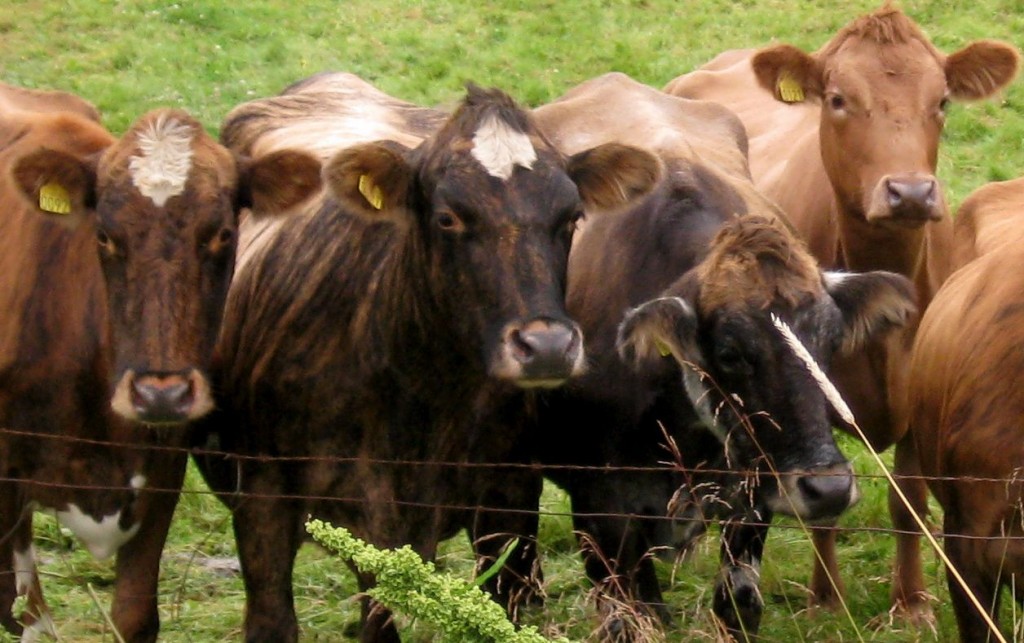
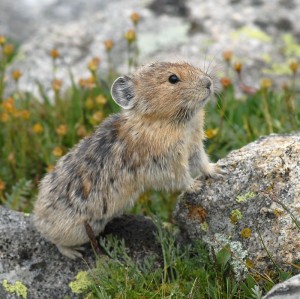
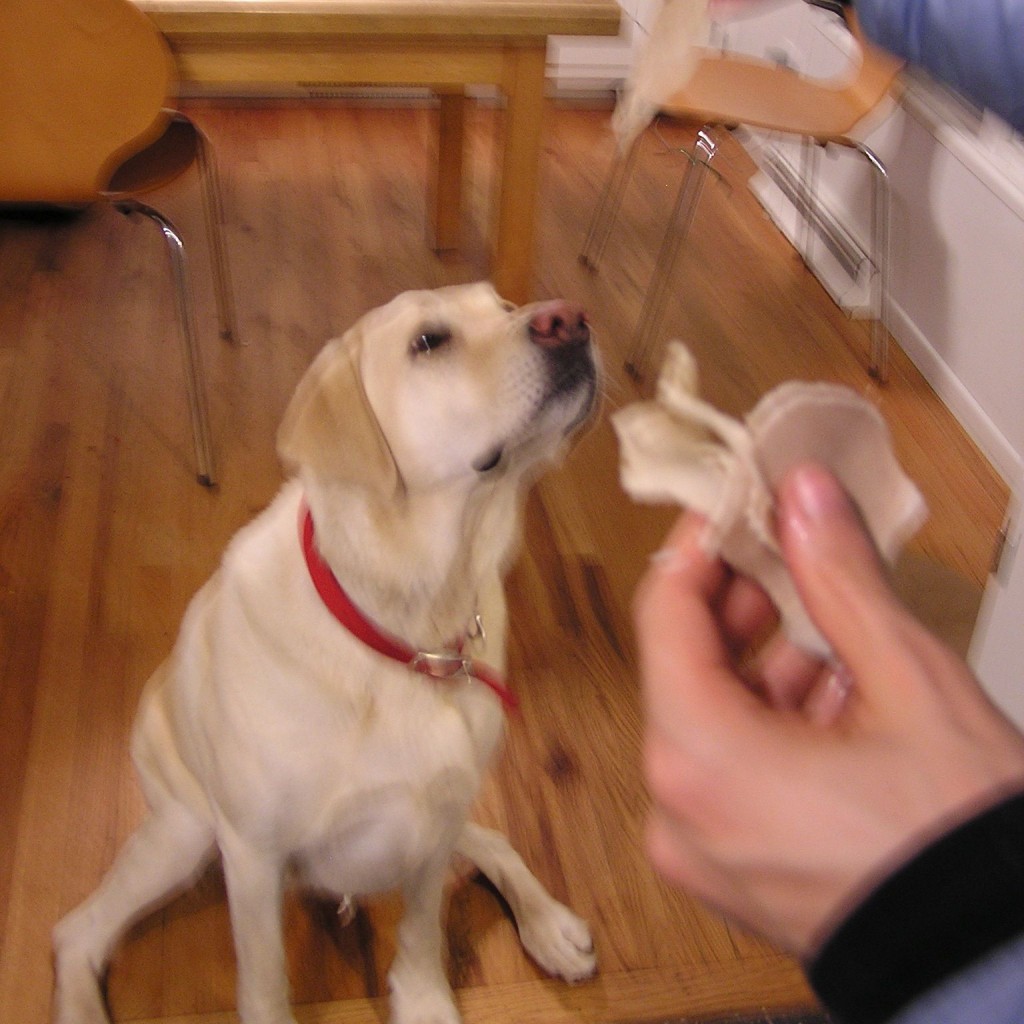
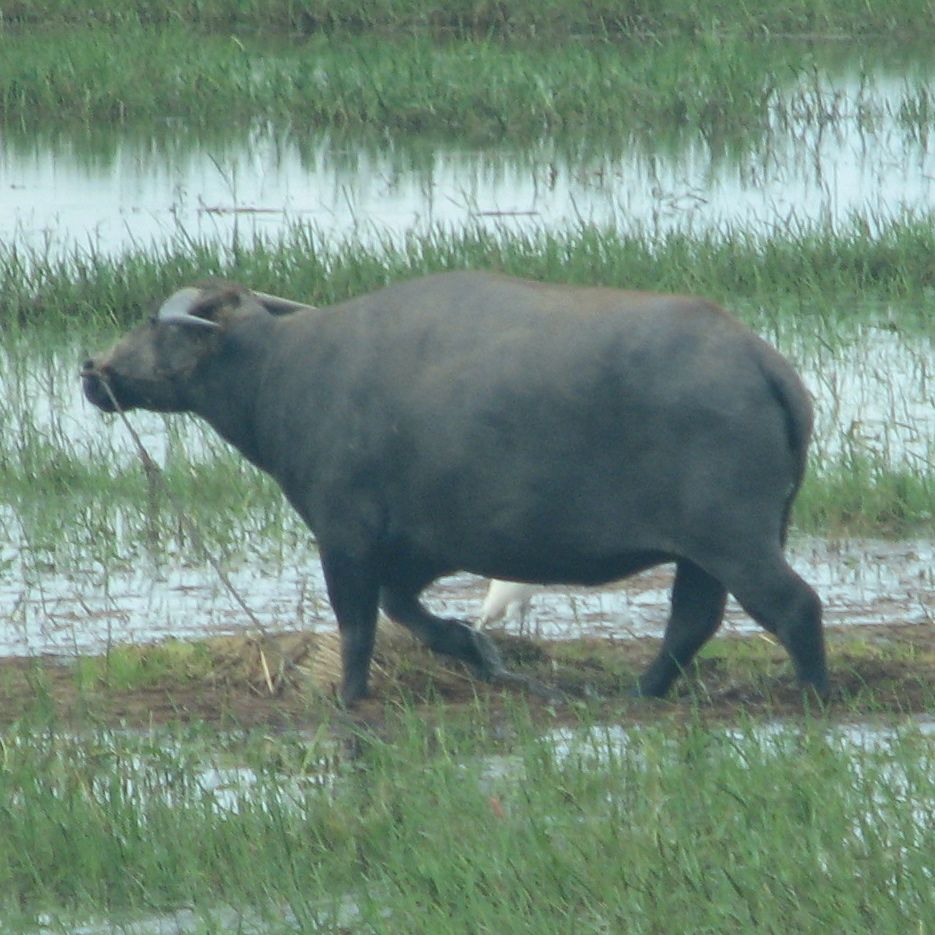
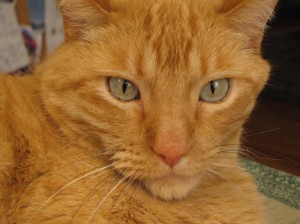
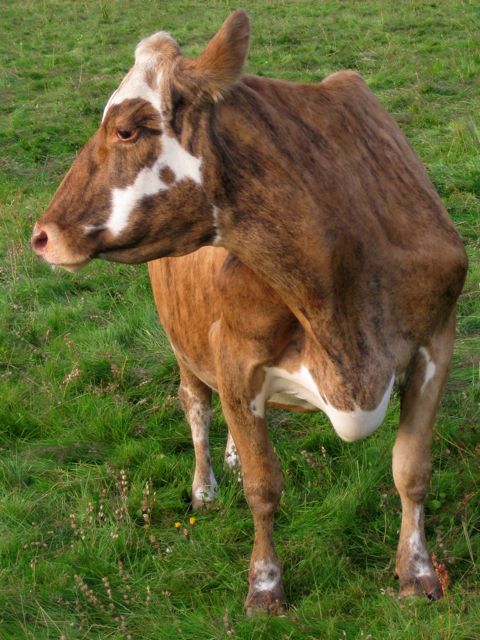


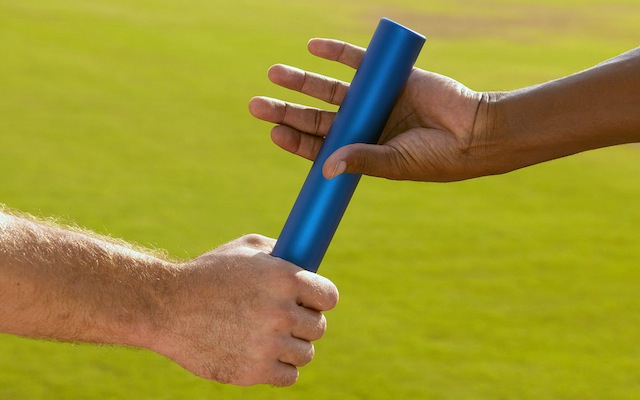

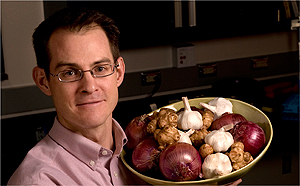
2 comments for “Animal Blood Sugars – CSU Vet Scientist Dave Van Metre”